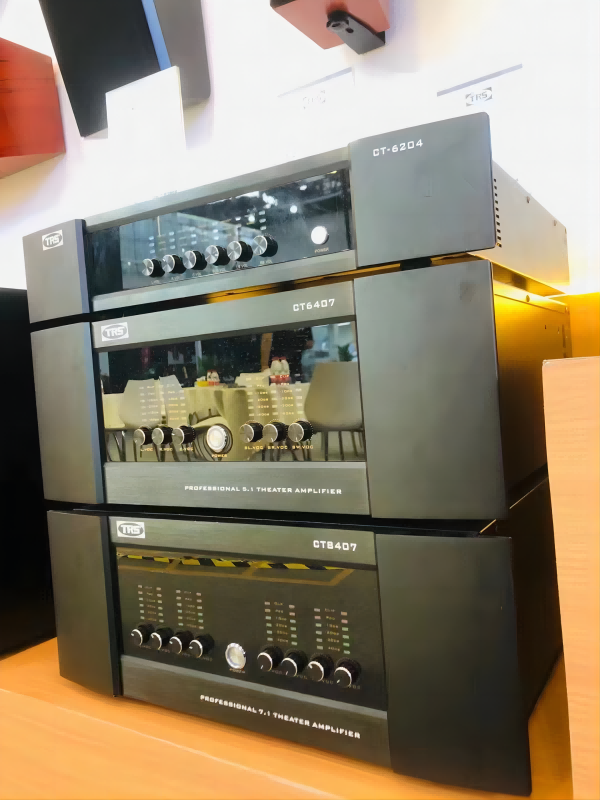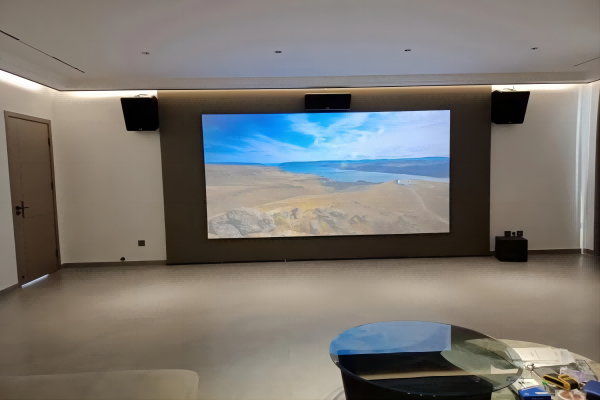1.Speaker: in order to withstand the impact of sudden strong pulse in the program signal without damage or distortion. Here is an empirical value to refer to: the nominal rated power of the selected speaker should be three times that of the theoretical calculation.
2.Power amplifier: compared with transistor power amplifier, the required power reserve is different. This is because the overload curve of the tube amplifier is relatively smooth. For the peak of the overloaded music signal, the tube amplifier does not obviously produce the cutting wave phenomenon, but makes the tip of the peak become round. This is what we often call flexible shearing peaks. After the transistor power amplifier at the overload point, the nonlinear distortion increases rapidly, which produces serious wave cutting to the signal. It does not make the peak round, but cleans it neatly. Some people use the compound impedance of resistance, inductance and capacitance to simulate the loudspeaker, and test the actual output ability of several kinds of high quality transistor power amplifiers. The results show that when the load has phase shift, there is a power amplifier nominal 100W, and the actual output power is only 5W when the distortion is 1%! Thus, the selection of the reserve amount of the transistor power amplifier:
High fidelity amplifier: 10 times
Civil high-grade power amplifier: 6 times
Civil medium power amplifier: 3 times 4 times
The tube power amplifier can be much smaller than the above ratio.
3.How much margin should be left for the average sound pressure level and the maximum sound pressure level of the system. It should depend on the content and working environment of the broadcast program. This minimum redundant 10dB, for modern pop music, bungee jumping and other music, it needs to leave 20~25dB redundancy, so that the audio system. Work safely and steadily.
Post time: Apr-10-2023


